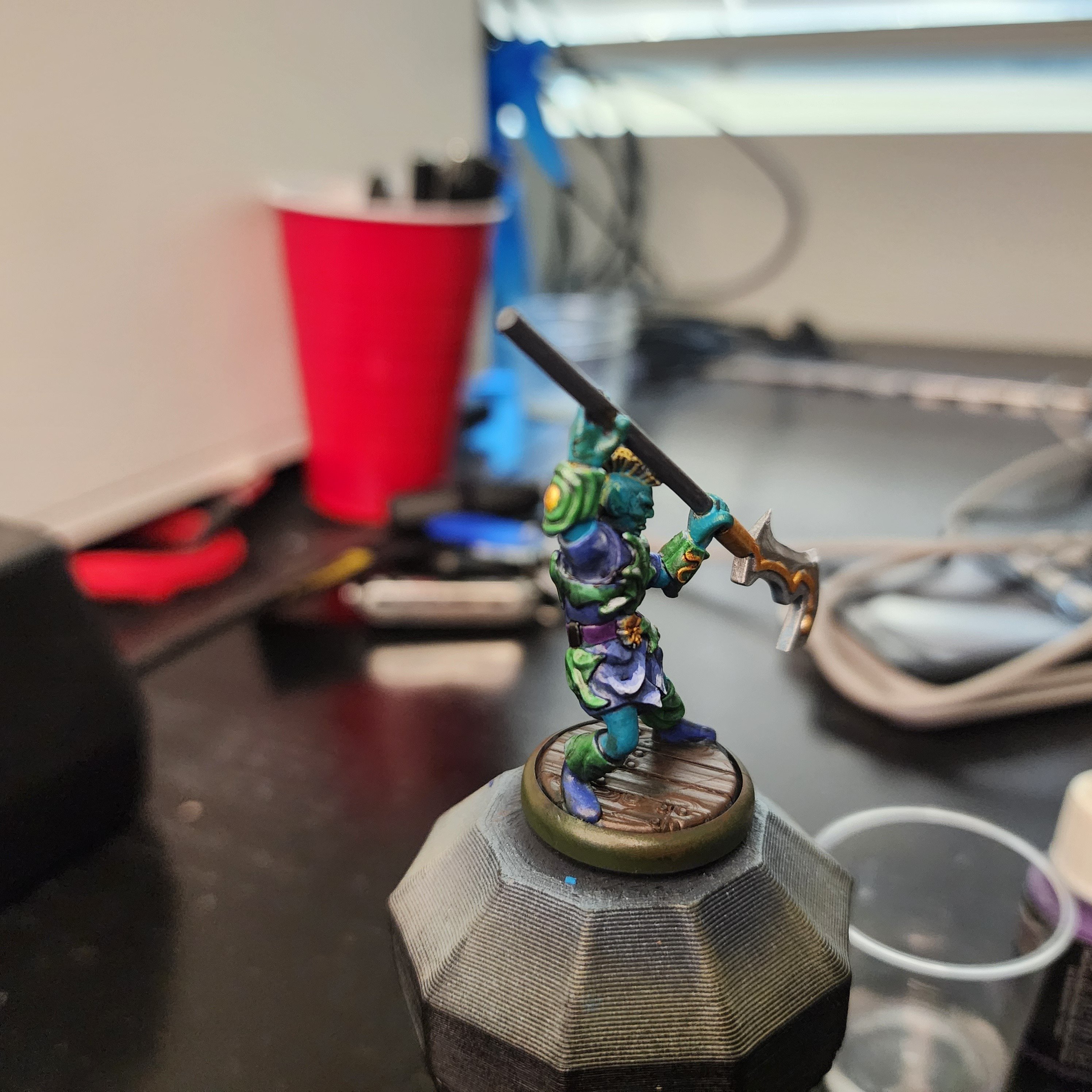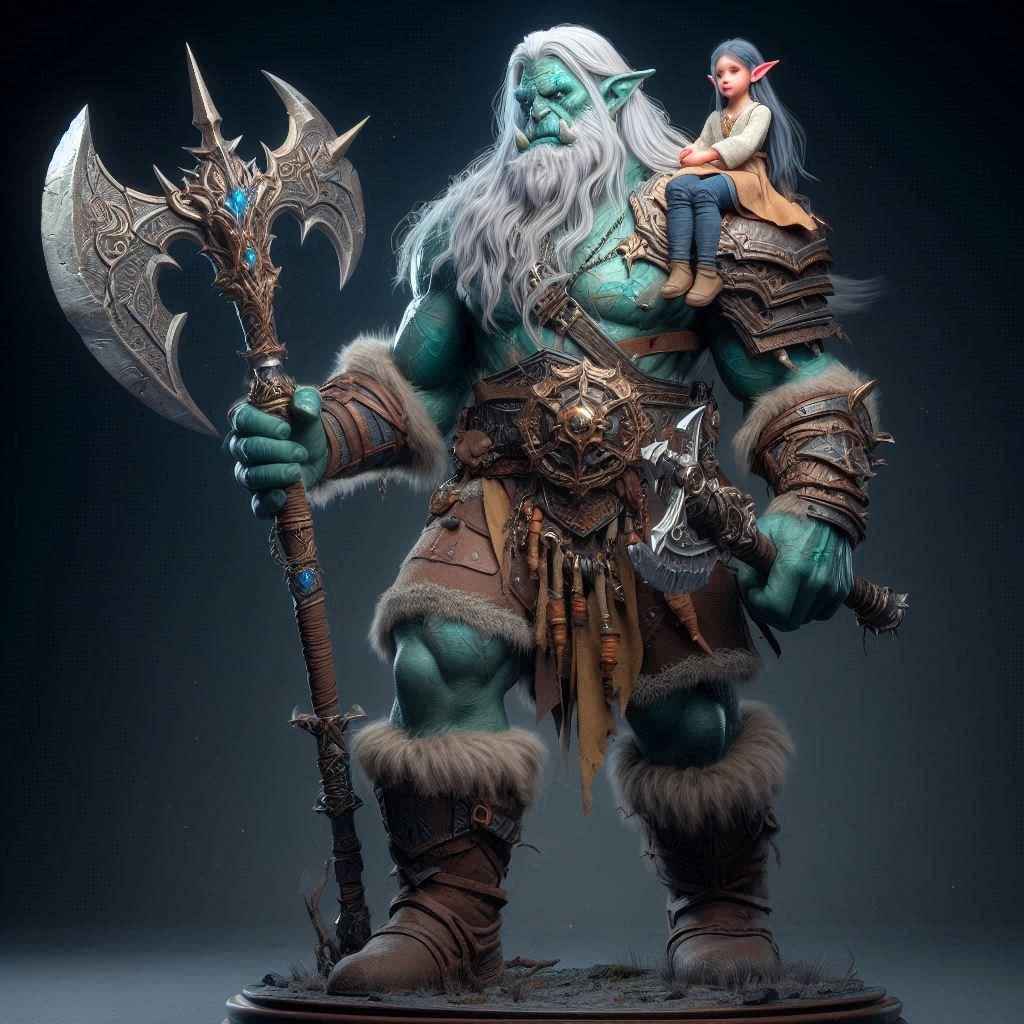Hi all, got a bit of a technical problem I'm trying to solve and I've got very little programming experience.
Basically, I'm trying to create a folder with a bunch of filament profile cfg files, with things like retraction distance, temperature, flow rate etc preloaded into them. That way, I can slice a model for a 0.6mm nozzle, send it to Klipper, and run it with any filament I want without having to re-slice, just change which cfg file is loaded.
This is going pretty well and I've figured out how to get most of what I want into the cfg. However, I want to limit my print speed by my maximum volumetric flow rate, a variable that Klipper does not support (and Kevin has more or less denied requests to have it added). To solve this issue, I want to limit the max speed instead, using a formula like this:
print speed = (max vol. flow) / (nozzle width) / (layer height)
(max vol. flow) and (nozzle width) would be defined manually by me for each profile. The only issue is (layer height), which of course can change from print to print. I know that my slicer puts the layer height and total number of layers in the header of the gcode, I also understand that that's where Klipper gets this info from and how it displays those numbers once you've selected a file. What I'm having trouble figuring out is how I can send that number into the above formula; I found this which seems to be almost what I need, but I can't figure out how to use the "print_stats object" in my cfg.
A potential workaround is to find my maximum layer height for each nozzle/filament combo and set the max speed assuming that later height, but if I'm printing something at say half my maximum layer height that's going to severely unnecessarily reduce my print speed.
Any advice?























All very good points. I think if I want to continue entertaining this idea I need to adjust my sights to a more general number than anything exact. Another user pointed out that time spent testing vs time saved would be a pretty close cut. I might devise a test to find a general minimum, increase it by a fair margin, and call it close enough.